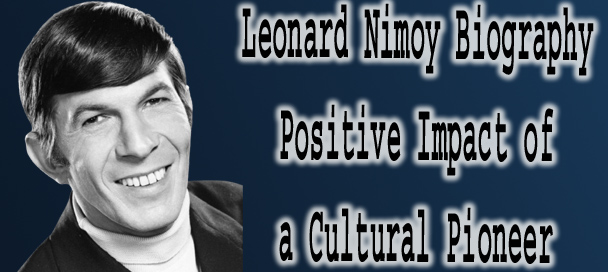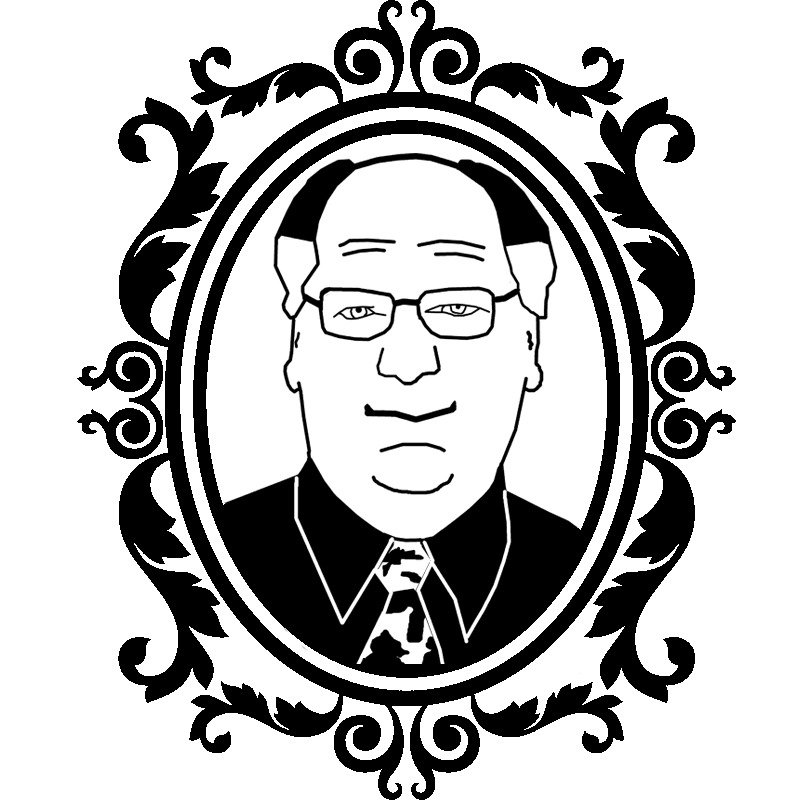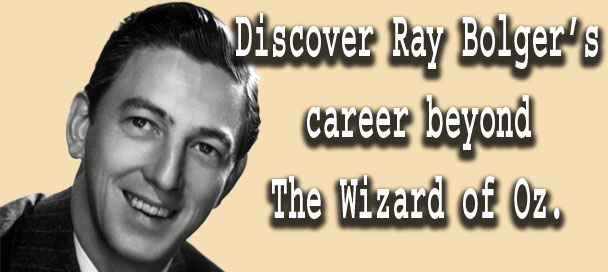🚀 Leonard Nimoy – The Icon Who Gave Spock a Soul

Photo of Leonard Nimoy as a cast member of Mission:Impossible
Leonard Nimoy became one of the most recognizable figures in popular culture through his unforgettable portrayal of Spock on Star Trek. With his calm demeanor, arched eyebrows, and Vulcan salute, Nimoy turned what could have been a secondary role into a cultural phenomenon that resonated with audiences around the world.
Leonard Nimoy transformed a supporting sci-fi character into a cultural landmark by breathing vulnerability and conflict into Spock. His career bridged stage, television, film, directing, photography, and writing each an extension of how he saw identity and creativity. Beyond Star Trek, he built a legacy of artistic restlessness and engagement, one that continues to inspire fans across generations.
His presence extended beyond the starship Enterprise. Nimoy embodied the struggle between logic and emotion, making Spock not just an alien, but a deeply human reflection of identity, belonging, and intellect. This duality elevated him into an icon, admired by both science-fiction fans and casual viewers alike.
Nimoy’s career was never defined by one role alone, but Spock gave him a platform from which to influence film, television, literature, and even music. His journey from stage actor to international star reflects both the opportunities and the challenges of being forever linked with a single legendary character.
Leonard Nimoy’s famous Vulcan salute was inspired by a Jewish blessing from his childhood synagogue, transforming a personal memory into a universal symbol of peace.
👶 Early Life
Summary: Nimoy’s upbringing in a Boston immigrant household gave him resilience and cultural grounding that shaped his artistic voice.
Leonard Simon Nimoy was born on March 26, 1931, in Boston, Massachusetts, to Ukrainian-Jewish immigrants Dora and Max Nimoy. Growing up in a working-class neighborhood, he was immersed in a tight-knit family culture shaped by old-world traditions and the struggles of Depression-era America. Those early experiences instilled in him both resilience and a sensitivity to identity and belonging that later informed his acting.
From a young age, Nimoy was drawn to performance. He began acting in community theaters as a teenager, discovering a natural gift for presence and delivery. His parents, hoping for a more conventional career path, were initially hesitant, but Nimoy pursued his passion with determination, often taking on odd jobs to support his ambitions.
He studied drama at Boston College and later received a scholarship to the Pasadena Playhouse in California, where he refined his craft. The training gave him the foundation to pursue professional acting, but it was his persistence that kept him moving forward in a notoriously difficult industry.
Explore the Biographies of Iconic Celebrities
Leonard Nimoy released several albums in the 1960s, including Leonard Nimoy Presents Mr. Spock’s Music from Outer Space, blending folk and sci-fi themes.
🎬 TV & Film Career
Leonard Nimoy | The Complete "Pioneers of Television" Interview
Summary: From early TV guest roles to Star Trek fame, Leonard Nimoy built a career that spanned film, television, and directing, working alongside major Hollywood figures.
Leonard Nimoy’s screen career began in the 1950s, where he appeared in small roles across film and television. He turned up in Queen for a Day (1951) and worked steadily in B-movies like Kid Monk Baroni (1952), where he played a disfigured boxer. Throughout the decade, he picked up bit parts in films such as Them! (1954), starring James Whitmore, and Rhubarb (1951), alongside Ray Milland. His willingness to take whatever came his way built a resume that would soon include dozens of guest spots on television.
By the late 1950s and early 1960s, Nimoy was a familiar face on the small screen. He appeared in westerns like Bonanza with Lorne Greene and Michael Landon, Rawhide with Clint Eastwood, and Wagon Train alongside Ward Bond. He also played roles in crime and drama series such as Perry Mason with Raymond Burr, Dragnet with Jack Webb, and The Untouchables with Robert Stack. Each appearance showed his versatility, though he was often cast as villains or outsiders due to his sharp features and commanding presence.
Nimoy also worked with many of Hollywood’s iconic stars in film. He appeared in The Balcony (1963), directed by Joseph Strick, and had roles in movies with actors like Henry Fonda and Anthony Quinn. Before his big break, he even had small appearances opposite Richard Widmark in The Man from U.N.C.L.E. guest episodes and with Steve McQueen in Wanted: Dead or Alive.

Publicity photo of Nimoy as Spock, alongside William Shatner as Captain James T. Kirk
Everything changed in 1966, when Gene Roddenberry cast him as Mr. Spock in Star Trek alongside William Shatner as Captain Kirk, DeForest Kelley as Dr. McCoy, Nichelle Nichols as Uhura, George Takei as Sulu, and James Doohan as Scotty. Nimoy’s portrayal of the half-Vulcan, half-human science officer became instantly iconic. His restrained delivery, logical reasoning, and subtle expressions set Spock apart, and he became the breakout star of the series. Though Star Trek only lasted three seasons on NBC, reruns and convention culture propelled the franchise into legend, with Nimoy at its heart.
The role carried into film, where Nimoy co-starred in Star Trek: The Motion Picture (1979) with Shatner, Kelley, and Persis Khambatta. He reprised Spock in Star Trek II: The Wrath of Khan (1982), which featured Ricardo Montalbán as Khan, and delivered one of cinema’s most memorable sacrifice scenes. He directed and starred in Star Trek III: The Search for Spock (1984) and Star Trek IV: The Voyage Home (1986), working alongside Catherine Hicks. Both films were major hits and proved Nimoy’s talents extended beyond acting. He continued through Star Trek V: The Final Frontier (1989) and Star Trek VI: The Undiscovered Country (1991), cementing Spock as a multigenerational character.
Outside Star Trek, Nimoy built a surprisingly varied career. He starred in the spy series Mission: Impossible (1969–71) alongside Peter Graves, Martin Landau, and Barbara Bain, replacing Landau as master of disguise Paris. He worked with Donald Pleasence in The Cat Creature (1973), and appeared opposite Christopher Plummer in A Woman Called Golda (1982), which earned him an Emmy nomination for his role as Israeli Prime Minister Yitzhak Rabin.
As a director, Nimoy found success with the comedy Three Men and a Baby (1987), starring Tom Selleck, Ted Danson, and Steve Guttenberg. The film became the biggest box office hit of that year. He also directed Funny About Love (1990) with Gene Wilder and Christine Lahti, showing his range beyond science fiction.
Later in his career, Nimoy returned to Spock in J.J. Abrams’ Star Trek (2009), appearing alongside Zachary Quinto, Chris Pine, Karl Urban, and Zoe Saldana. His presence as “Spock Prime” linked the old and new generations of the franchise. He reprised the role again briefly in Star Trek Into Darkness (2013) with Benedict Cumberbatch as Khan.
Beyond film and television, Nimoy lent his voice to projects like Disney’s Atlantis: The Lost Empire (2001), where he played King Kashekim Nedakh opposite Michael J. Fox and Cree Summer, and the animated series Transformers: The Movie (1986), voicing Galvatron alongside Orson Welles as Unicron. His commanding voice also made him a popular narrator, working on documentaries and series like In Search Of... in the 1970s.
By the time he retired from acting, Leonard Nimoy had built a career that touched nearly every corner of entertainment. From sharing screens with Clint Eastwood, Raymond Burr, and William Shatner to directing films that topped the box office, Nimoy demonstrated a rare ability to balance iconic roles with behind-the-camera achievement.
Leonard Nimoy directed two Star Trek films but also helmed Three Men and a Baby (1987), which became the top-grossing film of its year.
🚀 Star Trek: The Original Series – The Complete Series
Leonard Nimoy stars as the unforgettable Mr. Spock, alongside William Shatner as Captain Kirk and DeForest Kelley as Dr. McCoy, in the groundbreaking science fiction series that redefined television.

Leonard Nimoy as Spock in Star Trek: The Original Series (1966–69).
Created by Gene Roddenberry, this classic series introduced audiences to the starship Enterprise and its legendary crew, including Nichelle Nichols, George Takei, James Doohan, and Walter Koenig. Its blend of thought-provoking storytelling, diverse casting, and iconic characters made it one of the most influential shows in television history.
This complete Blu-ray set includes all 79 episodes, digitally remastered for clarity, along with hours of bonus content and behind-the-scenes features.
A must-have for collectors and fans, this set preserves the heart of the series that launched an enduring universe of stories.
🕊️ Later Years
Summary: Nimoy pursued photography, poetry, and embraced his role as Spock in later films, becoming a public voice for creativity and reflection.
In his later years, Leonard Nimoy embraced his status as a cultural icon while continuing to expand his creative horizons. He became an accomplished photographer, with his work displayed in respected galleries and collected in books such as Shekhina (2002) and The Full Body Project (2007). These projects revealed a deeply personal artistic voice, one that extended far beyond the world of acting.
He also remained a beloved public presence, appearing at fan conventions, giving interviews, and contributing his voice to projects that celebrated the enduring impact of Star Trek. Despite once feeling conflicted about being typecast as Spock, Nimoy ultimately came to embrace the role, writing two autobiographies that captured this journey: I Am Not Spock (1975) and its follow-up, I Am Spock (1995).
In the 2000s, Nimoy continued making guest appearances, lending his voice to The Simpsons, Futurama, and Transformers: Dark of the Moon (2011). He also made a celebrated return as Spock in J.J. Abrams’ Star Trek films, passing the torch to Zachary Quinto while giving longtime fans a sense of continuity.
Nimoy announced in 2014 that he had been diagnosed with chronic obstructive pulmonary disease (COPD), attributing it to years of smoking, though he had quit decades earlier. He continued to engage with fans online, sharing wisdom and positivity on Twitter, often signing off with his famous phrase, “LLAP” (Live Long and Prosper).
Leonard Nimoy passed away on February 27, 2015, at the age of 83. His death prompted tributes from co-stars like William Shatner, George Takei, and Zachary Quinto, as well as political leaders, NASA astronauts, and millions of fans around the world. It marked the loss of not just an actor, but a figure who had shaped science fiction, popular culture, and the imagination of generations.
Leonard Nimoy once drove a cab in Los Angeles where a passenger turned out to be John F. Kennedy, years before his rise to fame.
🏆 Legacy
Summary: His image, voice, and salute remain global symbols of science fiction and cultural imagination, inspiring generations well beyond television.
Leonard Nimoy Biography traces his rise from Boston stages to Spock on Star Trek, highlighting his artistry, influence, and cultural legacy.
’s legacy is anchored in his portrayal of Spock, a character who gave science fiction new credibility and emotional depth. Through him, Nimoy embodied the conflict between reason and feeling, and in doing so created a figure who spoke to questions of identity, belonging, and humanity. Spock became more than a role. He was a symbol of intelligence, dignity, and the possibility of living by principle in a complicated world.
Nimoy’s creative life outside of acting reinforced this sense of depth. His photography, poetry, and public voice all showed an artist engaged with culture and ideas, one who saw performance as only one path of expression. These pursuits gave his career lasting dimension and reminded audiences that his imagination reached far beyond the screen.
The Vulcan salute, taken from his Jewish heritage, is now recognized around the world as a greeting of peace and respect. That gesture, along with his familiar phrase “Live long and prosper,” ensures that his presence continues wherever Star Trek is remembered.
Today, Nimoy’s influence is felt not only by fans of the series but by generations of scientists, writers, and artists who were shaped by his work. He left behind more than performances. He left behind a vision of curiosity, thoughtfulness, and compassion that continues to inspire.
🗣️ Why They Still Matter
Leonard Nimoy’s legacy continues in classrooms, conventions, and cultural references worldwide. His work as Spock remains a touchstone for science fiction, while his broader artistic pursuits remind us that creativity can take many forms. He symbolizes curiosity, discipline, and compassion, values that endure long after the final credits rolled.
Further Reading & Resources
📖 Leonard Nimoy Biography, Life, Interesting Facts - Sun Signs
📰 Leonard Nimoy | Biography & Facts - Britannica

ML Lamp is the owner of Kilroy Was Here. After his 20 years of working in Las Vegas in the entertainment promotions field, Mr. Lamp retired in 2002 from his job to pursue his passion for collectibles. Now as a guest speaker and author he’s living the dream, and sharing his warmth with You.





